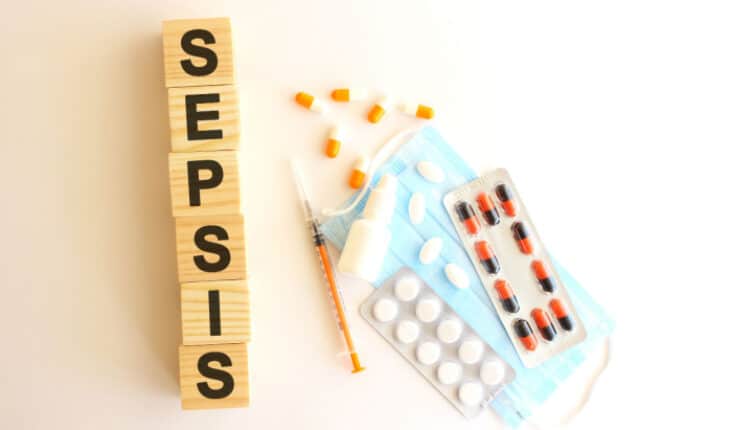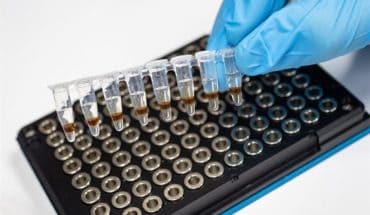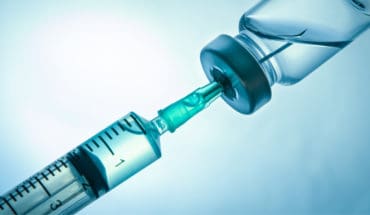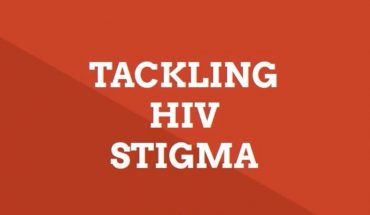One in five deaths around the world is caused by sepsis and someone dies from Sepsis every 3 seconds. In the UK there are at least 245,000 cases of sepsis a year and research from the University of Washington estimate that 11 million people a year are dying from sepsis. Furthermore, around 40% of survivors have long term effects including cognitive, psychological or physical.
A poll by the UKST found that 1 in 3 people in the UK wouldn’t treat sepsis as a medical emergency! So its clear that awareness around sepsis needs to change!
What is sepsis?
Sepsis arises due to the body’s abnormal response to an infection. The immune system usually works to fight any germs (such as bacteria, viruses and fungi) and infection in the body. However, for reasons that are not fully understood, sepsis results in the immune system going into overdrive and attacking healthy organs and other tissues.
What damage does it cause?
The over-reaction of the body’s immune system results in widespread inflammation, swelling and blood clots. This can lead the body to go into septic shock, characterised by a dramatic decrease in blood pressure interrupting the blood supply to vital organs such as the brain, heart and kidneys. Sepsis needs to be treated quickly and aggressively in hospital.
Appallingly many people have life-changing complications from Sepsis. It can cause brain damage, amputations, long term kidney damage, post traumatic stress and frequently kills people.
It is vitally important to recognise symptoms early and treat promptly.
What has got to do with it?
Sepsis used to be referred to as septicaemia or blood poisoning. However, septicaemia is an old, now defunct term which implied there was something we could measure in the blood which indicated sepsis – this is not the case. Sepsis is the preferred and more accurate term for the condition.
What causes sepsis?septicaemia
Sepsis can be triggered by an infection in any part of the body. The most common causes of sepsis are the following;
- Pneumonia (or a chest infection),
- Urinary infections,
- Intra-abdominal infections (such as a burst ulcer or hole in the bowel),
- Skin infections (an infected cut or bite),
- A wound from trauma or surgery,
- Soft tissue infections (a leg ulcer for example).
Most cases are caused by common bacteria which would not normally make you ill. Trauma is responsible for 2-3% of reported cases.
Spotting signs early is vital
Caught early, the outcome from sepsis is good. It is the delay in treatment that can lead to spiralling of the condition resulting in multi-organ failure and potential death. The Sepsis Trust claims that improved national awareness could save as many as 14,000 lives a year.
Sadly, the early symptoms are often easy to miss and often there is a delay in Emergency Services, GPs and hospital staff recognising the condition. Certainly, this delay has major implications and often the window of opportunity when antibiotics can treat the sepsis, is missed.
Spotting the early signs could save your life
The Sepsis Trust claim that patients presenting early are around half as likely to die than those presenting late. Therefore, this emphasises the importance of awareness.
The condition deteriorates in children far quicker, and therefore it is particularly important for those in child caring positions to be fully informed of the signs and symptoms.
How do I know if I have sepsis?
Unfortunately recognising the signs of sepsis is not easy. In addition, it is often confused with other flu like illnesses. With sepsis, you are likely to feel extremely unwell. Your skin may become mottled or change colour. If you are concerned phone 111 or call your doctor and get medical advice quickly. If you are seriously unwell phone 999 for an ambulance and tell them you think you may have sepsis.
- Flu-like symptoms are common,
- Chest infection or gastroenteritis type symptoms,
- Feverish and shivering – although sepsis can cause an abnormally high or low temperature.
- Rapid heartbeat,
- Quick breathing
- Feeling extremely unwell
The UK Sepsis Trust has come up with a handy way of remembering the potential signs of sepsis in adults:
S – Slurred speech or confusion
E – extreme shivering or muscle pain
P – passing no urine
S – severe breathlessness
I – it feels like you’re going to die
S – skin mottled or discoloured
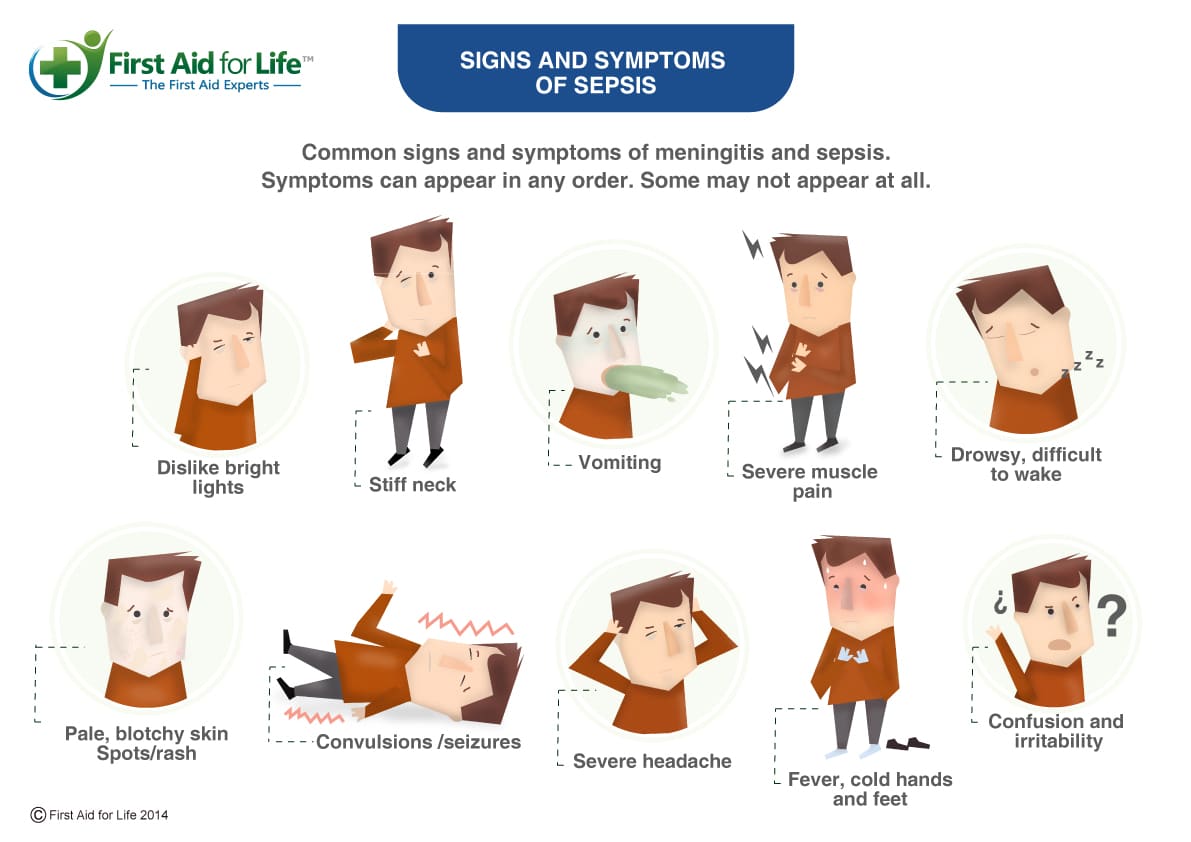
In more extreme cases, you may experience:
- Dizziness, or feel faint – this is due to a drop in your blood pressure
- Disorientation and confusion,
- Nausea and vomiting,
- Diarrhoea,
- Cold, clammy, pale or mottled skin
In children:
- Fast breathing,
- Lethargic behaviour and fatigue,
- Mottled, bluish or pale skin,
- Fits or convulsions,
- Failure to pass urine
A rash that doesn’t fade when pressed – NEVER wait for a rash; it is often a very late sign and may not show at all.
Any baby or child under 5 years old who is not feeding, vomiting repeatedly or hasn’t had a wee or wet nappy for 12 hours, might have sepsis.

What should I do if I think that I might have sepsis, or one of my friends of family could be suffering from it?
If you think you have these symptoms, or feel that something isn’t right, seek urgent medical advice (e.g. call NHS 111 or go into hospital). Above all, it is vital that you trust your instincts and get help to fight the infection as fast as possible.
World Sepsis Day?
World Sepsis Day is held on September 13th every year. It is an opportunity for people worldwide to unite in the fight against sepsis which is the number one preventable cause of death worldwide. Therefore, the aim of the day is to increase global awareness in order to stop sepsis and save lives.
Why is this important?
According to the Global Sepsis Alliance, sepsis accounts for at least 11 million deaths worldwide every year. However, sepsis is only likely to be diagnosed and treated in 7 – 50% of those contracting it. In other words, the variation depends upon which country they live in and also the level of education and the ease with which they can access appropriate antibiotics.
Sepsis is preventable
Similarly, people do not know that often sepsis can be prevented by simple hand hygiene. In addition, not enough people are aware that early recognition and treatment reduces sepsis mortality by 50%. Consequently improving knowledge and awareness about sepsis, both in the general population and in health workers, will save lives and reduce the horrendous suffering and long term repercussions of this terrible disease.
Why you should help support World Sepsis Day?
World Sepsis Day is a great opportunity to remind the public, healthcare authorities, healthcare providers, and healthcare workers, policy makers, and governments of the urgent need to increase and improve education on the subject of sepsis. First Aid for Life are delighted to support it.
Show solidarity
It also aims to show solidarity with the millions of people who lost their loved ones. In addition it shows support for sepsis survivors who suffer from the long-term consequences of sepsis which can be serious and severe. These include limb amputation, organ dysfunction, decreased cognitive function, disabling muscle or joint pain and PTSD.
Show your support – sign the declaration
One quick and easy way to show your support for World Sepsis Day is to sign the World Sepsis Declaration. This is like a petition against sepsis. So far, more than 9,300 hospitals, healthcare workers, non-profit organisations, corporations, and individuals have signed the declaration. Sign the petition here: https://www.worldsepsisday.org/sign
- What is a seizure? - 13th March 2025
- Febrile Convulsions and Seizures in Children - 13th March 2025
- Why women are less likely to receive CPR or survive cardiac arrest - 6th March 2025
